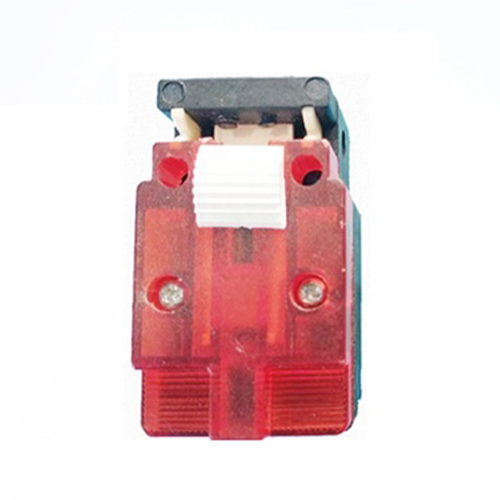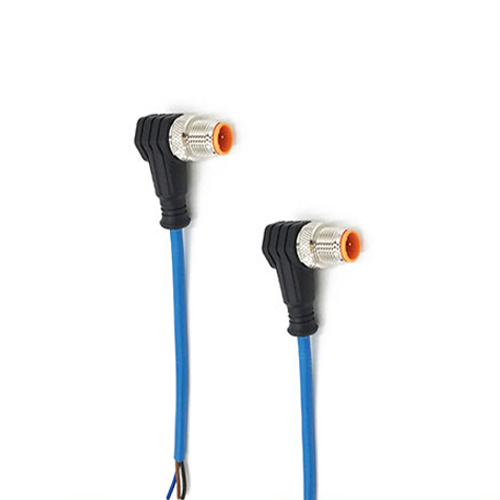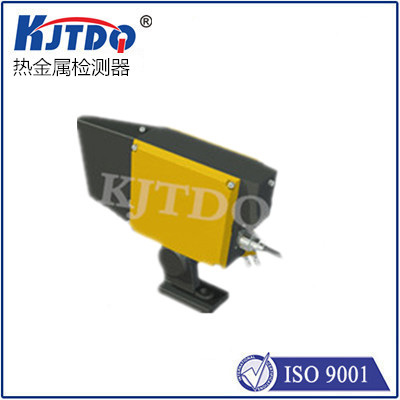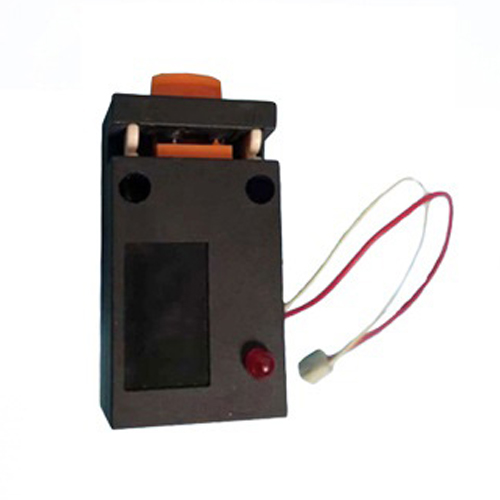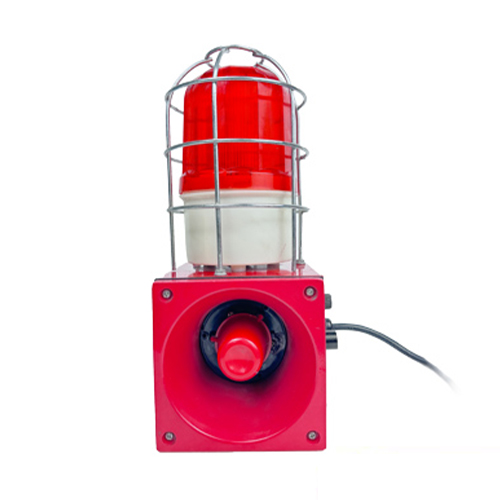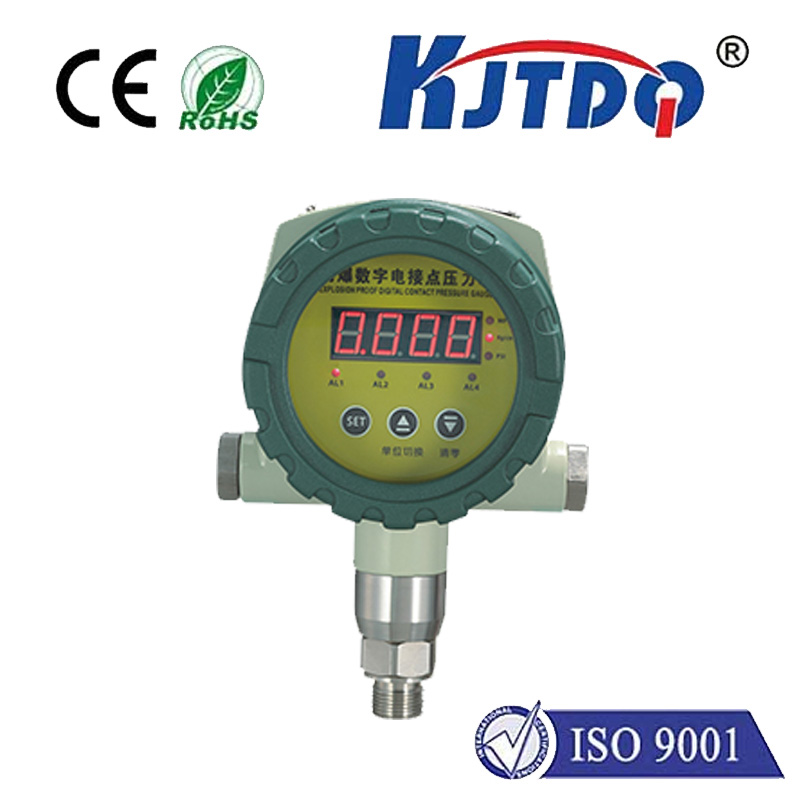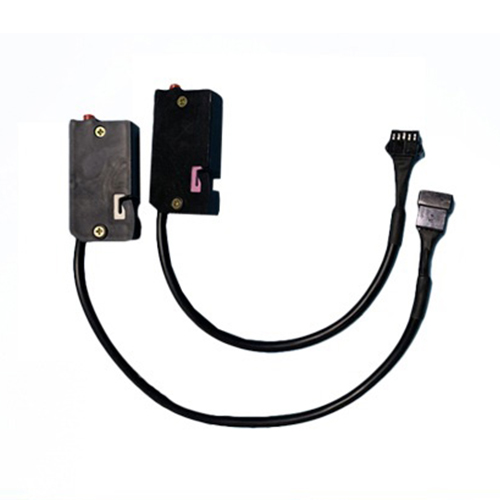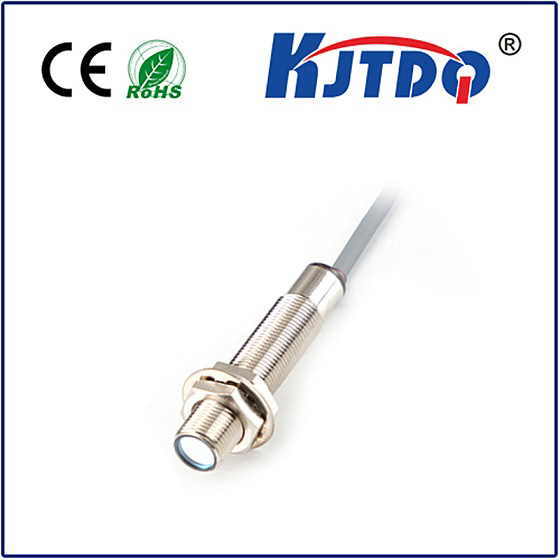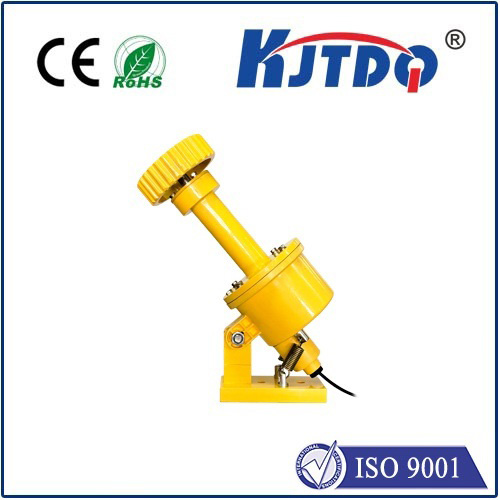

check

check

check

check

check

check

check

check

check

check
The Two-Way Limit Switch: Ensuring Safe and Efficient Machinery Operations
Two-way limit switches are an essential component in many industrial and manufacturing processes. These devices play a crucial role in ensuring safe and efficient machinery operations, as they monitor the position of moving parts within a machine to prevent overtravel and potential damage or injury. In this article, we will explore the significance of two-way limit switches and how they contribute to maintaining reliable and effective machinery functions.
Firstly, let's define what a two-way limit switch is. A two-way limit switch is a type of sensor that detects the presence or absence of an object, typically within a machine's operating range. It consists of an actuator arm that triggers electrical contacts when it comes into contact with the target object. Unlike standard limit switches, which only monitor movement in one direction, two-way limit switches are capable of detecting motion in both directions, offering more comprehensive control over machine operations.

One of the primary benefits of two-way limit switches is their ability to improve safety measures during machinery operation. By monitoring the position of moving parts within a machine, these switches can detect any unintended movement or deviation from the intended path. This allows for immediate corrective action, preventing accidents or equipment damage that could result from excessive travel. For example, if a robotic arm moves beyond its designated area, a two-way limit switch can trigger an alarm or shut down the machine to prevent further harm.
In addition to enhancing safety, two-way limit switches also contribute to increased productivity by optimizing machine performance. By accurately controlling the movement of machinery components, these switches help maintain consistent operational parameters, reducing the likelihood of errors or delays caused by misalignment or incorrect settings. As a result, manufacturers can achieve higher throughput rates while minimizing waste and downtime associated with faulty equipment.
Furthermore, two-way limit switches offer flexibility in terms of application across various industries. They can be used in conveyor systems, packaging machines, robotics, CNC machining centers, and other automated equipment where precise positioning is critical. This broad applicability makes them a valuable asset for businesses looking to streamline their operations and improve overall efficiency.
When selecting a two-way limit switch for your machinery, it is important to consider factors such as actuator style, output configuration, and environmental resistance. Different models may offer features like IP67 rating for dust and water resistance or M12 connectors for easy installation. Understanding the specific requirements of your application will help you choose the most suitable two-way limit switch for your needs.
In conclusion, two-way limit switches play a vital role in ensuring safe and efficient machinery operations. By monitoring the position of moving parts and providing real-time feedback on potential issues, these devices help protect personnel and equipment while optimizing productivity. As technology continues to advance, the importance of utilizing reliable sensors like two-way limit switches becomes even more pronounced in maintaining competitiveness and operational excellence in various industries.
